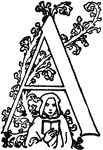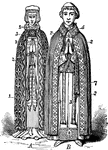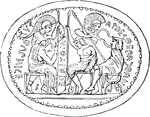Clipart tagged: ‘Cloak’
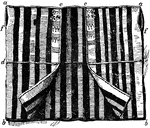
Aba
"A coarse woolen stuff, woven of goats, or camels' or other hair or wool in Syria, Arabia, and neighboring…
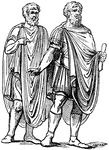
Abolla
A cloak chiefly worn by soldiers, and thus opposed to the toga, the garb of peace. The abolla was used…

Anglo-Saxon Female Costume from 10th Century England
A woman stands in several layers of clothing. The dress usually included a cloak, an overdress, an under-dress,…
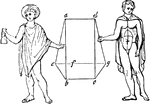
Chlamys
"The chlamys was a species of cloak or scarf, oblong instead of square, its length being generally about…
Cope
"An ecclesiastical vestment, worn during the celebration of mass, at processions, vespers, and other…

Gallic Soldier Wearing Trousers and a Horned Helmet
A soldier from Gaul carrying a sword in his right hand and shield in his left. He is wearing a cloak…
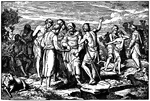
Joseph's Brother Sell Him into Slavery after Pulling Him Out of the Cistern
"Come, and let us sell him to the Ishmaelites, and let not our hand be upon him; for he is our brother,…

Mantle
An illustration of a mantle, a type of loose garment usually worn over indoor clothing to serve the…

Paenula
"A thick cloak, cheifly used by the Romans in traveling, instead of the toga, as a protection against…

Palium
"The English cloak, though commonly adopted as the translation of these terms, conveys no accurate conception…

Paludamentum
"The cloak worn by a Roman general commanding an army, his principal officers and personal attendants,…
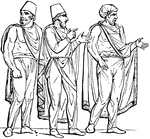
Sagum
"The sagum was open in the front, and usually fastened across the shoulders by a clasp. The form of…
